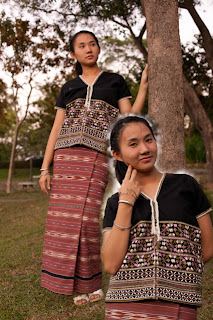 |
| The "Four-Foot Colonel" Gen. Smith Dun ( 1906 - 1979 ) |
In 1946, during the World War II victory parade in London, Field Marshal William Slim and Col Smith Dun were having a conversation. Slim, the commander of the British-Indian forces that had recaptured Burma from the Japanese, turned to nearby reporters and jokingly introduced his companion: “This is Colonel Dun who is o¬nly four-feet tall,” he said. Ever since, Smith Dun has been known as the “Four-foot Colonel.”
The diminutive colonel—an ethnic Karen—received his training at the Indian Military Academy, where he won the first Sword of Honor (given to the best cadet in each year’s intake), and later helmed a contingent of Karen guerrilla forces from the Irrawaddy delta during World War II.
Smith Dun played a key role in the early years of Burma’s independence. He was appointed head of Burma’s armed forces and promoted to the rank of general in a move agreed to by ethnic parties and Burmese nationalists to foster confidence in a future Burmese union that would include all ethnic minority groups.






